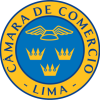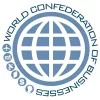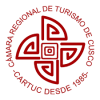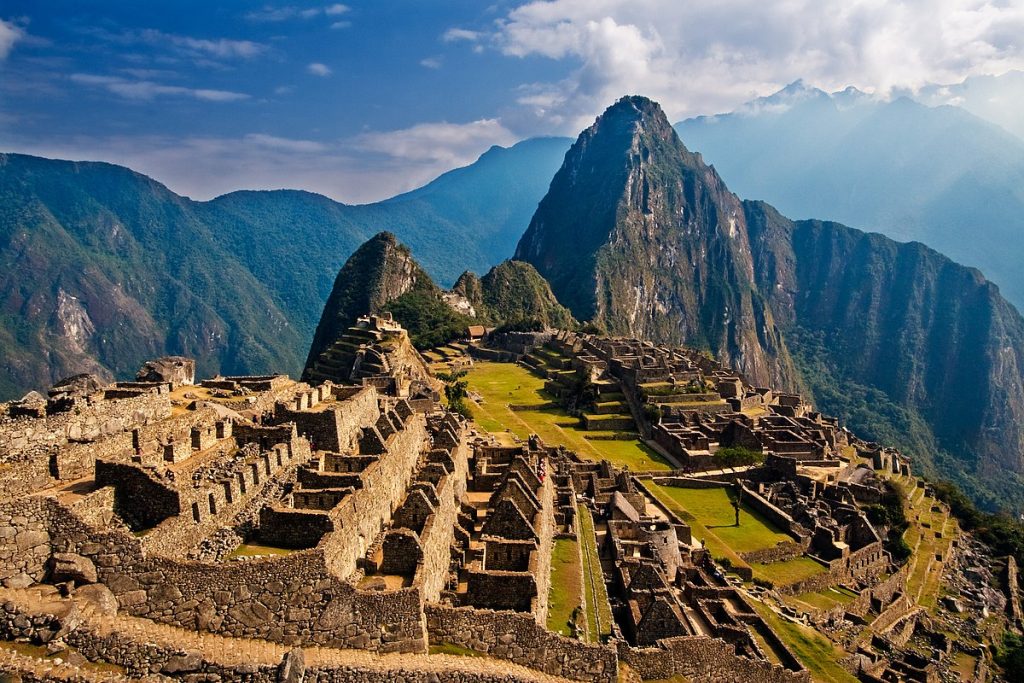
Machu Picchu Definition
Located high in the Andes mountains of Peru, Machu Picchu is a mesmerizing ancient city that has captivated the world with its beauty, mystery, and rich history. This UNESCO World Heritage site is a symbol of the Inca civilization and continues to be a source of wonder and fascination for travelers from all corners of the globe.
The History of Machu Picchu
Machu Picchu was built by the Inca civilization in the 15th century but was abandoned and hidden from the outside world for centuries. It was rediscovered in 1911 by the American explorer Hiram Bingham, who brought this hidden gem to international attention. The exact purpose of Machu Picchu remains a topic of debate among historians, with theories ranging from it being a sacred religious site to a retreat for Inca rulers.The Significance of Machu Picchu
Machu Picchu holds immense significance not only for the Inca civilization but also for the world. It offers a glimpse into the advanced engineering and architectural skills of the Incas, who were able to construct this magnificent city on a mountain ridge with precise precision. The site’s exceptional preservation and breathtaking views make it a must-visit destination for history enthusiasts and adventure seekers alike.Exploring the Architecture of Machu Picchu
The architecture of Machu Picchu is a testament to the ingenuity and craftsmanship of the Inca civilization. The city is divided into two main areas: the agricultural zone and the urban zone. The agricultural zone consists of terraces that were used for farming, while the urban zone includes temples, residential buildings, and ceremonial structures. The use of precisely cut stones, intricate masonry, and sophisticated drainage systems showcases the advanced building techniques employed by the Incas.The Importance of Machu Picchu in Inca Culture
Machu Picchu holds great cultural and religious significance for the Inca civilization. It is believed to have been an important religious and ceremonial center, with its strategic location on a mountain ridge connecting the spiritual realms of the Andes mountains and the fertile valleys below. The site’s alignment with the solstice and equinox further emphasizes its connection to astronomical and agricultural practices of the Incas.Visiting Machu Picchu: Tips and Recommendations
If you’re planning a visit to Machu Picchu, it’s essential to make the necessary preparations to ensure a memorable and enjoyable experience. Here are a few tips and recommendations:- Book your tickets in advance, as entry to Machu Picchu is limited.
- Consider hiring a knowledgeable guide to enhance your understanding of the site’s history and significance.
- Wear comfortable shoes and clothing, as there are steep climbs and uneven terrain.
- Stay hydrated and bring snacks for energy during your exploration.
- Respect the site and its surroundings by following the guidelines and regulations set by the authorities.
Preservation Efforts and Challenges
Preserving Machu Picchu’s cultural and natural heritage is of utmost importance. The site faces challenges such as erosion, tourism impact, and climate change. To address these issues, various preservation efforts have been implemented, including visitor limits, maintenance of infrastructure, and ongoing research to better understand and protect this remarkable site for future generations.Conclusion
Machu Picchu continues to captivate and inspire awe in all who visit it. Its definition goes beyond being just an archaeological site; it represents the ingenuity, spirituality, and cultural heritage of the Inca civilization. Exploring the mysteries of Machu Picchu is an experience that will leave an indelible mark on your soul, connecting you to the ancient past and reminding us of the marvels that human beings are capable of creating.Frequently Asked Questions
1. What is the meaning of the name “Machu Picchu”?
The name “Machu Picchu” is derived from the Quechua language, where “Machu” means “old” or “old person,” and “Picchu” means “peak” or “mountain.” Therefore, Machu Picchu can be translated as “Old Mountain” or “Old Peak.”2. How was Machu Picchu discovered?
Machu Picchu was discovered by the American explorer Hiram Bingham in 1911 during his expedition in search of the lost city of Vilcabamba. Bingham stumbled upon the hidden ruins of Machu Picchu, which were covered in vegetation, and brought this archaeological wonder to the world’s attention.3. Can you still hike to Machu Picchu?
Yes, it is still possible to hike to Machu Picchu. The most famous route is the Inca Trail, a multi-day trek that offers stunning views and a chance to immerse oneself in the natural beauty of the Andes. However, permits are required, and it’s advisable to book well in advance due to limited availability.4. Are there any restrictions or regulations for visiting Machu Picchu?
Yes, there are restrictions and regulations in place to protect Machu Picchu and ensure a sustainable tourism experience. The number of visitors per day is limited, and entry tickets must be purchased in advance. Additionally, there are guidelines to follow, such as not touching or climbing on the ruins and respecting the natural environment.
Top Tours in Peru 2023
- Tour in Peru 5 days visit: Cusco, Machu Picchu, Sacred Valley and Rainbow Mountain
- Tour in Peru 5 days visit: Cusco, Machu Picchu, Sacred Valley and Humantay Lagoon
- Tour in Peru 9 days: Lima, Paracas, Nazca, Cusco, Valley, Machu Picchu, Lake Titicaca
- Tour in Peru 10 days visit: Lima, Cusco, Sacred Valley Machupicchu, Piura, Máncora
- Tour in Peru 15 days: Lima, Cusco, Valley, Machu Picchu, Lake Titicaca – Puno, Colca Canyon – Arequipa, Lima, Amazon River – Iquitos
- Tour in Peru 15 days: Lima, Paracas – Nazca, Colca Canyon – Arequipa, Lake Titicaca – Puno, Cusco – Sacred Valley, Machu Picchu, Lima
Tour from 1 to 30 days in Peru includes hotel, transportation, income and more
- Tour in Peru 1 day Machu Picchu in one day with the Train Company “Inca Rail”
- Tour in Peru 1 day Machu Picchu in one day with the Train Company “Peru Rail”
- Tour in Peru 2 days Machu Picchu and Sacred Valley
- Tour in Peru 2 days Machupicchu and Huaynapicchu
- Tour in Peru 3 days and 2 nights visit: Cusco, Machu Picchu
- Tour in Peru 4 days Cusco, Machu Picchu, Valley
- Tour in Peru 4 days with 1 night in Machu Picchu
- Tour in Peru 5 days visit: Cusco, Machu Picchu, Sacred Valley, Maras Moray
- Tour in Peru 5 days visit: Cusco, Machu Picchu, Sacred Valley and Rainbow Mountain
- Tour in Peru 5 days visit: Cusco, Machu Picchu, Sacred Valley and Humantay Lagoon
- Tour in Peru 5 days visit: Lima, Cusco, Machu Picchu, Sacred Valley
- Tour in Peru 6 days visit: Lima, Cusco, Machu Picchu, Sacred Valley, Lake Titicaca
- Tour in Peru 7 days: Lima, Arequipa, Colca Canyon, Cusco, Sacred Valley, Machu Picchu
- Tour in Peru 7 days: Lima, Cusco, Sacred Valley, Machu Picchu, Nazca, Paracas, Ballestas
- Tour in Peru 7 days: Lima, Valley, Machu Picchu, Puno, Lake Titicaca, Uros
- Tour in Peru 8 days visit: Lima, Paracas, Nazca, Cusco, Valley, Machu Picchu, Lake Titicaca
- Tour in Peru 9 days: Lima, Paracas, Nazca, Cusco, Valley, Machu Picchu, Lake Titicaca
- Tour in Peru 10 days visit: Lima, Cusco, Sacred Valley Machupicchu, Piura, Máncora
- Tour in Peru 11 days visit: Lima, Machu Picchu, Lake Titicaca, Puno, Colca Canyon, Arequipa
- Tour in Peru 11 days visit: Lima, Nazca, Machupicchu, Cusco, Puno, Lake Titicaca
- Tour in Peru 15 days: Lima, Cusco, Valley, Machu Picchu, Lake Titicaca – Puno, Colca Canyon – Arequipa, Lima, Amazon River – Iquitos
- Tour in Peru 15 days: Lima, Paracas – Nazca, Colca Canyon – Arequipa, Lake Titicaca – Puno, Cusco – Sacred Valley, Machupicchu, Lima
- Tour in Peru 20 days: Lima, Cruise on the Amazon River – Iquitos, Lima, Huacachina, Nazca Lines, Ballestas – Ica, Colca Canyon – Arequipa, Cusco, Sacred, Machu Picchu
- Tour in Peru 22 days: Lima, Señor de Sipán – Chiclayo, Chan Chan – Trujillo, Lima, Paracas, Nazca, Colca Canyon – Arequipa, Lake Titicaca Puno, Cusco, Valley, Machu Picchu
- Tour in Peru 25 days: Lima, Nazca, Machupicchu, Trujillo, Chiclayo, Lord of Sipan, Chavín De Huántar, Arequipa, Cusco
- Tour in Peru 30 days: Lima, Chan Chan Trujillo, Sipan Chiclayo, Kuelap Chachapoyas, Baños del Inca Cajamarca – Paracas, Nazca, Colca Arequipa, Titicaca, Cusco, Valle, Machu Picchu
Inca Trail to Machu Picchu
- Inca Trail 2 days to Machu Picchu
- Inca Trail 4 days to Machu Picchu
- Inca Trail 4 days to Machu Picchu”Lujo”
- Inca Trail to Choquequirao 4 days
- Inca Trail to Choquequirao 5 days
- Inca Trail through the Nevado Salkantay 4 days to Machu Picchu with Sky Camp
- Inca Trail through the Nevado Salkantay 5 days to Machu Picchu with Sky Camp
testimony of our passengers
Book your tour or ask your questions
| E-mail: info@machupicchu.com.pe | MOVIL: +51-977777777 |
| E-mail: mapitravel@hotmail.com | MOVIL: +51-984630919 |
| E-mail: machupichutravel@gmail.com | MOVIL: +51-984654111 |
